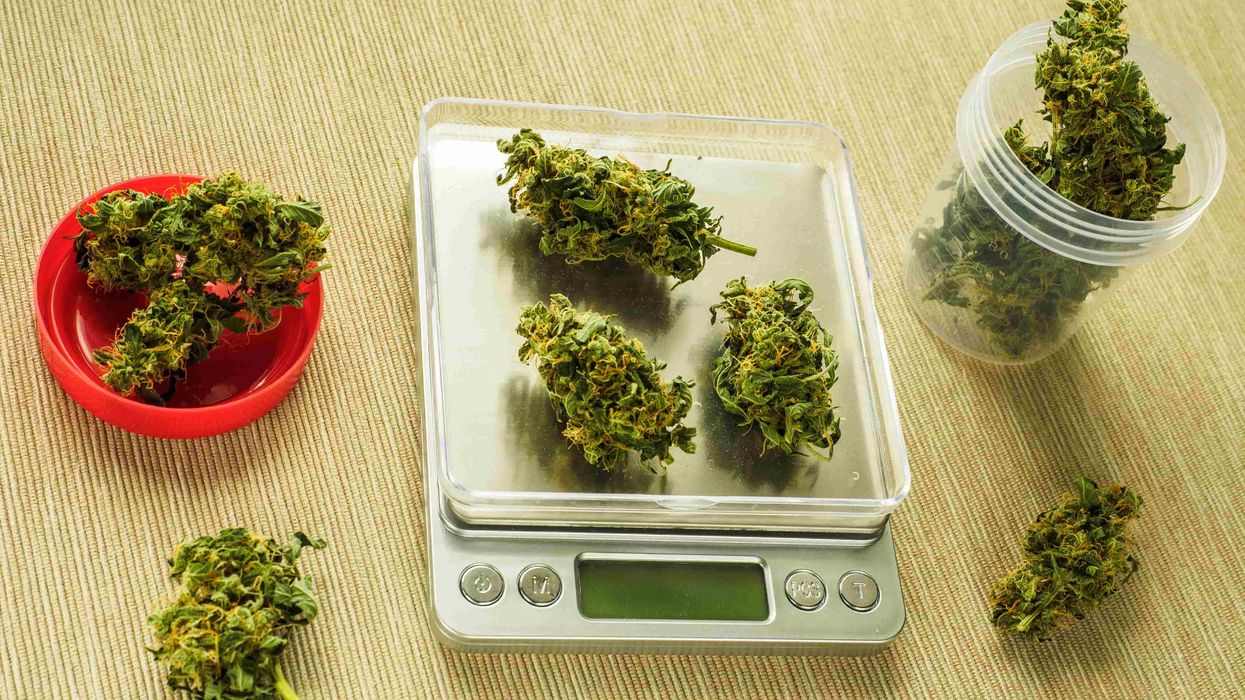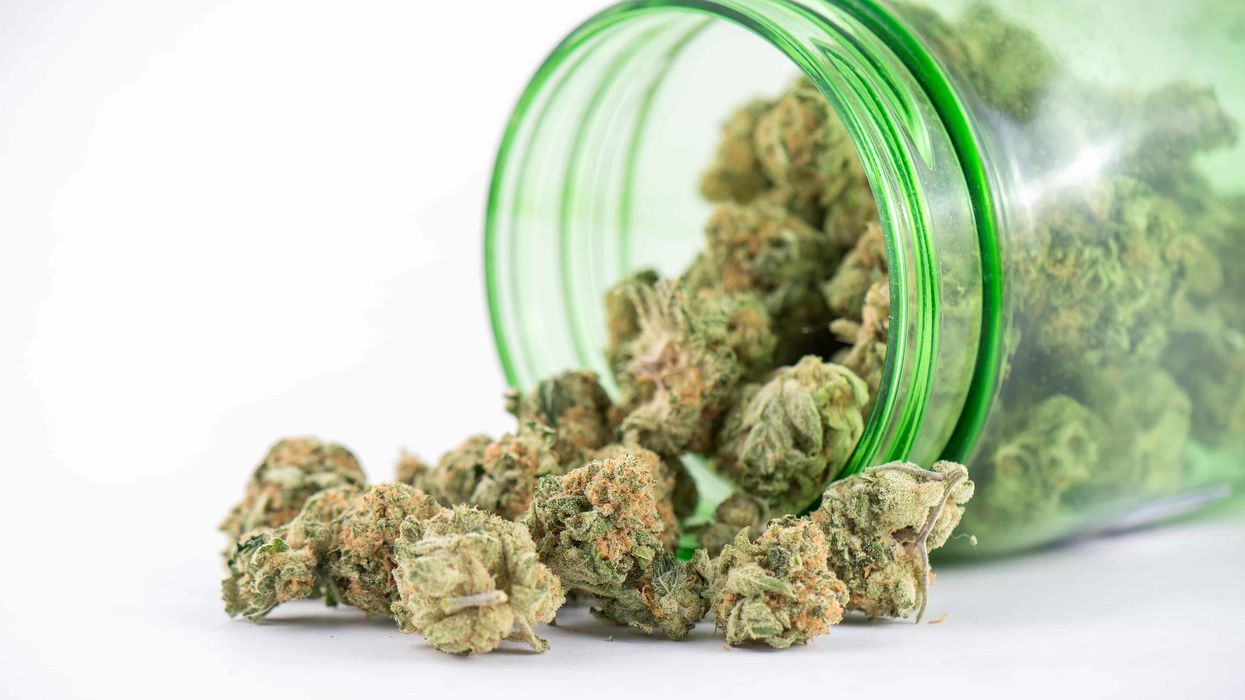This article was originally published by Gregory Frye and Matthew Anderson at Benzinga and appears here with permission.
The Cannabis Industry today is not what it was 18 months ago. The landscape is evolving fast, and COVID-19 has acted as a catalyst, speeding up the inevitable.
Mergers and acquisitions, stock market turbulence, fluctuating market prices, businesses struggling and failing, investors getting burned – combined with new markets coming online, greater de-stigmatization, and increased consumer demand.
All these elements are mixing together to create an intense environment where the wheat is separated from the chaff, and only the strongest, smartest operators survive.
And yet a collaborative approach is more important now than ever. Federal legalization or decriminalization is coming to the U.S., and it is going to flip the industry upside down.
Not even the biggest players will be impervious to the ensuing shake-up once cannabis is rightfully removed from the Controlled Substances Act.
For all cannabis stakeholders, now is the time to step back, assess current models, get curious and maybe even a little humble in order to effectively determine which practices and focuses are sustainable and which ones need work. After all, it’s only a matter of time before the first national cannabis brands emerge, and yet the biggest cannabis companies today could be gone a year from now.
Whether you’re in cannabis for the long-term or you’re hoping for a short-term payout, one of the most important questions to ask yourself is this: do you want to be a stalwart in this industry or a paper tiger?
As the cannabis industry enters its adolescent years, we’ve seen enough by now to identify the benchmarks for either path.
Cannabis Industry Stalwarts vs Paper Tigers
The initial excitement and fervor surrounding the cannabis industry has died off. Cannabis is no longer that brand-new commodity everybody is fired up and crazy about.
As the dust settles on the previous chapter, we are left with a greater sense of clarity and a much more methodical tone characterizing the next phase of cannabis and the rise of a global cannabinoid-ingredient industry.
Part of this growth process involves building on lessons learned, which range from epic failures to momentous wins.
Understanding what happened in the past is the only way to move forward, and to recognize the shifting landscapes in cannabis today.
Over the past two years, we’ve seen the rise, fall, and aggregation of multiple steps in the supply chain. We’ve seen multistate cannabis operators continue to buy up licenses and expand their footprint into new continents.
MSOs are also expanding and securing their reach up and down the supply chain: cultivating, manufacturing, and even partnering with consumer-packaged goods companies.
Amidst all this opportunity and frantic energy behind the so-called ‘green rush’, not everyone has come out on top. Over the past two years, we’ve continued to see companies raising money without any revenue, promising investors something huge when in reality they had no wind in their sales.
Some of these “paper tigers” have crashed and burned; some are still hanging on, perhaps hoping one of the big CPG companies like Coca-Cola or Procter & Gamble will come along and buy them out after federal legalization. These struggling cannabis operators will likely be disappointed because they don’t have what the “bigs” are looking for (more on this in a minute).
Next to these paper tigers, we have witnessed the seemingly inimitable rise of the stalwarts, companies like Green Thumb Industries and Cresco, just to name a few. These companies have not only created a sound business model, but they’ve also created strategic partnerships with other brands or other partner state operators as the industry continues to mature.
Essentially, while people have lost a fair amount of money due to those paper tigers, fluctuating markets, or pandemic-induced recessions, the evolution of the cannabis industry has brought us to a curious time at present.
Yes, the big challenges are there, struggles with demand, banking limitations, lack of regulation, or over-regulation – yet we are no longer lacking infrastructure, and the industry is in a different place than it once was.
If stakeholders in cannabis want to better prepare for federal legalization in the U.S., or opportunities internationally, the time to do so is now.
And, due to those shifting landscapes in cannabis, the prep work for that kind of success has taken on a different focus for 2021 and beyond.
You’re Only As Good As Your Ingredients
If you’re still focused on THC vs CBD, you’re doing it wrong. And if you’re still focused on hemp vs cannabis, you’ve already fallen behind.
Now that investors are playing on all sides of the plant, those previously drawn artificial lines are becoming further entangled and blended, as conversations of efficacy focus on other cannabinoids as well as other ingredient states such as: CBG, CBN, CBA, THCA, THCVA, CBDA, CBGA, just to name a few.
And all of these ‘minor’ cannabinoids have different benefits, different extraction methods, and different potential purposes for use. These cannabinoids are also stable in different states of nature.
On top of that, you also have terpenes, hydrosols, and other phytometabolites ripe for innovative opportunities and advancements in plant-based therapeutics, formulation, and medicinal application.
CPGs are taking these molecules and turning them into ingredients and product formulas, while pharmaceutical companies are turning them into active pharmaceutical ingredients (APIs).
The most high-profile example is GW Pharmaceuticals, which was purchased by Jazz Pharma in 2020 for $7.6 billion to gain access to the Epidiolex drug and the surrounding clinical research.
Do you see a pattern here?
These processes and the extracted cannabis ingredients involved are very much where the global cannabis industry is already heading.
When federal regulation comes, we will see that the best way to capture the greatest market share will become the preferred path to market. Whether it's through pharmaceutical support, or it's through CPGs entrance into the space like Wine and Spirits did, we do not yet know.
What we do know is that it is all the same plant, and only because of current archaic regulations, and because they named it hemp and cannabis, we have these artificial dividing lines.
It is all Cannabis Sativa L., and the current labyrinth of superficial partitioning is already failing the depth of the conversation that needs to be had about this plant.
Preparing for Market Turbulence: Purpose vs Complacency
Complacency is a dangerous mindset in any business or industry. With cannabis in particular we have to be extra careful.
While the “essential business” status of cannabis during COVID-19 has given the impression that the industry is here to stay, the cannabis space as a whole is still in a fragile phase.
How can cannabis role players stay hungry? How can brands stay relevant? The next phase won’t be easy. The coming challenges will create a lot of turbulence for today’s operators, and many of them may not survive.
For instance, imagine federal legalization hits, and the feds decide to prohibit cannabis MSOs from owning stakes in the retail sector and/or other parts of the supply chain?
The notion is similar to the anti-monopoly and tied-house laws that were put in place to regulate the Alcohol industry. A move like that would obviously cripple even the strongest operators today, causing for significant organizational and operating adjustments.
Although it makes sense when you remember that you can’t buy Pfizer products from a Pfizer store, as noted by Nathan Mison, co-chair of the International Cannabis Council. (Mison, by the way, was also on the frontlines in Canada’s move to legalization.)
Federal legalization could also give the DOJ the authority to come in and inspect your cannabis operation. Are you ready for that site visit?
This pending shake-up is another reason why the aforementioned focus on cannabis ingredients and formulations are so critical for those looking to capture the greatest market share. However, that is only part of the equation here.
What are we really getting at here? What is our purpose in cannabis for 2021 and beyond?
Growth, revenue, and profit are all great, but for what purpose? Aggregation for what purpose? Safe, clean access to cannabis for what purpose? Social equity for what purpose? Commitment to sustainable practices for what purpose?
What is our North Star in cannabis? For those operators weathering the storm, what are the values that will keep the ship afloat and keep the crew focused and determined?
Vanguard Scientific cannot decide you or your team’s purpose in the cannabis industry. That’s on you.
What we can do, is give your purpose wheels, give it wings, give it a rocket-fueled launch pad from which you can blast off and make your dent in what will be the most important and impactful industry of the next 50 years
Ready to dive deeper?
Join Vanguard Scientific and a dozen of the industry's brightest minds on April 14, 2021, as they continue to analyze and unpack the current and future states of the industry in a five-session webinar event -- 'Inside the Industry: Meeting the Buyer Where They are Today & Understanding Where the Market is Going Tomorrow'.
Photo by Kym MacKinnon on Unsplash
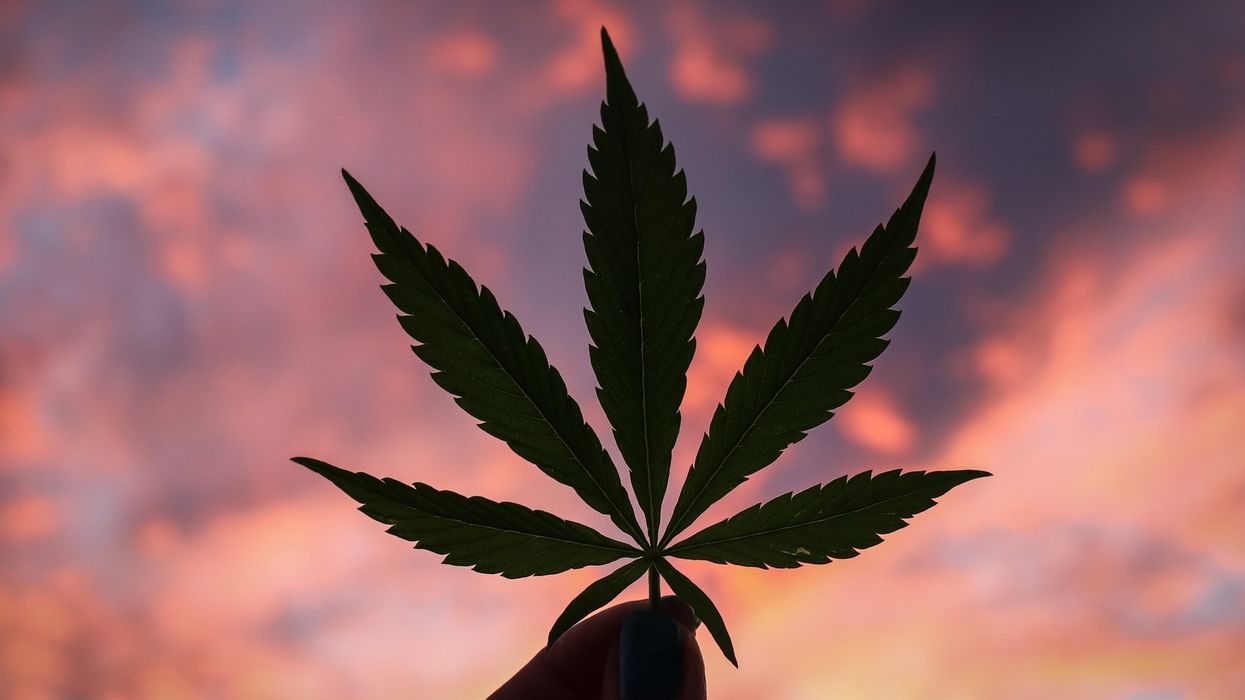


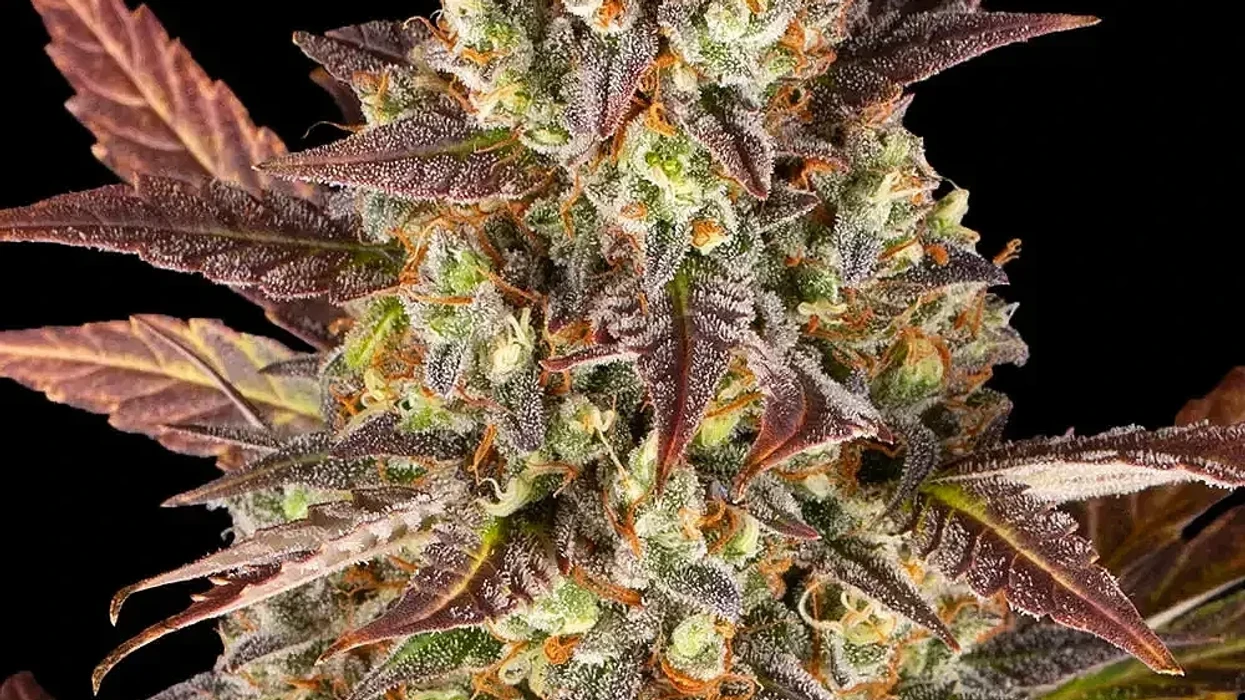
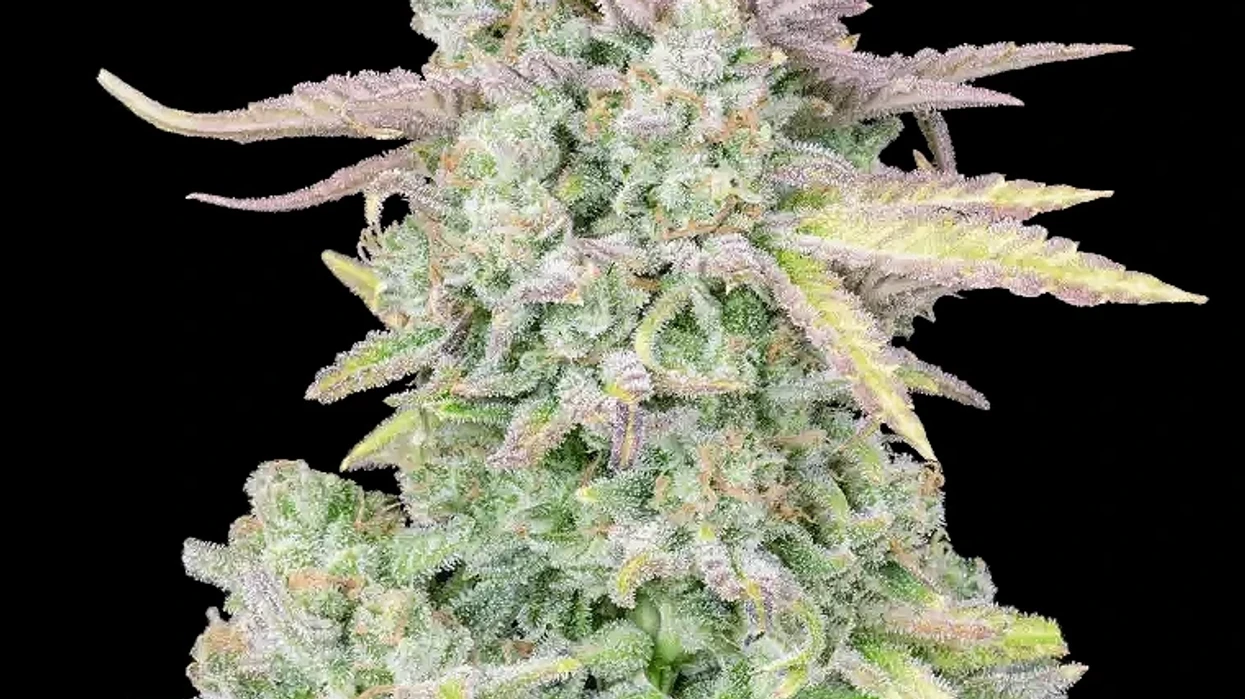


 Justin Timberlake Eye Roll Gif By Agent M Loves Gif - Find & Share on GIPHYAgent M Loves Gifs
Justin Timberlake Eye Roll Gif By Agent M Loves Gif - Find & Share on GIPHYAgent M Loves Gifs





